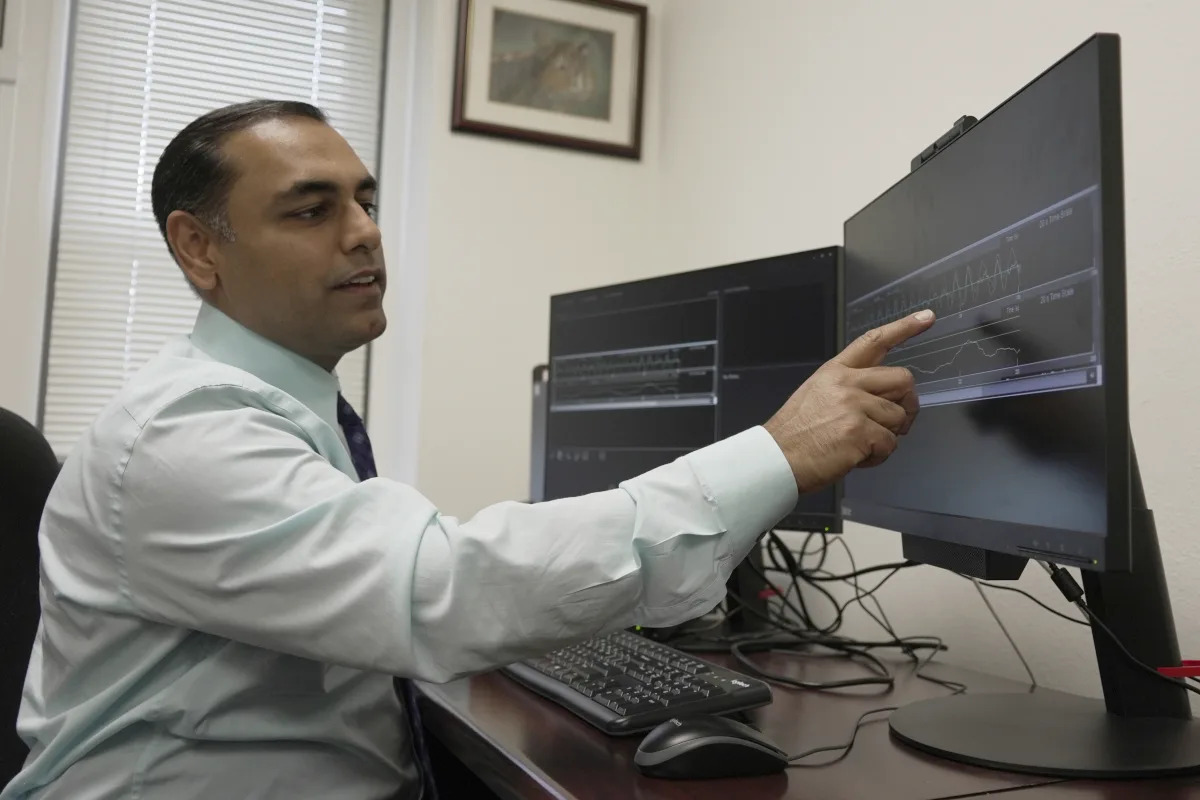A severe solar storm is expected to supercharge the northern lights on Friday, with forecasts indicating that auroras could be seen as far south in the United States as Alabama.
The National Oceanic and Atmospheric Administration’s Space Weather Prediction Center said Thursday that a series of solar flares and eruptions from the sun could trigger severe geomagnetic storms and “spectacular displays of aurora” on Earth from Friday evening through the weekend.
It was the first severe geomagnetic storm watch the agency has issued since 2005.
“We have a rare event on our hands,” said Shawn Dahl, a service coordinator at the federal government’s Space Weather Prediction Center in Boulder, Colorado.
The northern lights, or aurora borealis, come from charged particles that spew from the sun during solar storms. The colorful displays are created when clouds of these energetic particles slam into Earth’s magnetic field and interact with the atoms and molecules in the planet’s upper atmosphere.
The northern lights typically light up the night sky at high latitudes, but during intense periods of solar activity, they can be spotted farther south than usual.
The Space Weather Prediction Center’s forecast said it’s possible that auroras on Friday night could be seen “as far south as Alabama and Northern California.”The agency maintains an aurora dashboard that provides short-term forecasts of the northern lights. If conditions are clear, auroras are best viewed from locations that are dark and far from city lights.
Amplified northern lights shows are not the only byproducts of severe storms on the sun, however.
Solar flares unleash clouds of plasma and charged particles, called coronal mass ejections, into space. When directed at Earth, the geomagnetic and solar radiation have the power to disrupt communications and power grids on Earth and interfere with satellites in space.
The Space Weather Prediction Center said Thursday that it has “notified the operators of these systems so they can take protective action.”
The center said several “moderate to strong” solar flares have been detected since Wednesday morning, adding that at least five flares and their associated coronal mass ejections appear to be directed at Earth.
“Additional solar eruptions could cause geomagnetic storm conditions to persist through the weekend,” it said in a statement.
The sun goes through 11-year cycles from minimum to maximum activity. The current cycle, which began in late 2019, is predicted to peak with maximum activity in July 2025, according to NOAA and NASA forecasts.
This article was originally published on NBCNews.com

 German (DE)
German (DE)  English (US)
English (US)  Spanish (ES)
Spanish (ES)  French (FR)
French (FR)  Hindi (IN)
Hindi (IN)  Italian (IT)
Italian (IT)  Russian (RU)
Russian (RU)  1 week ago
1 week ago
























Comments